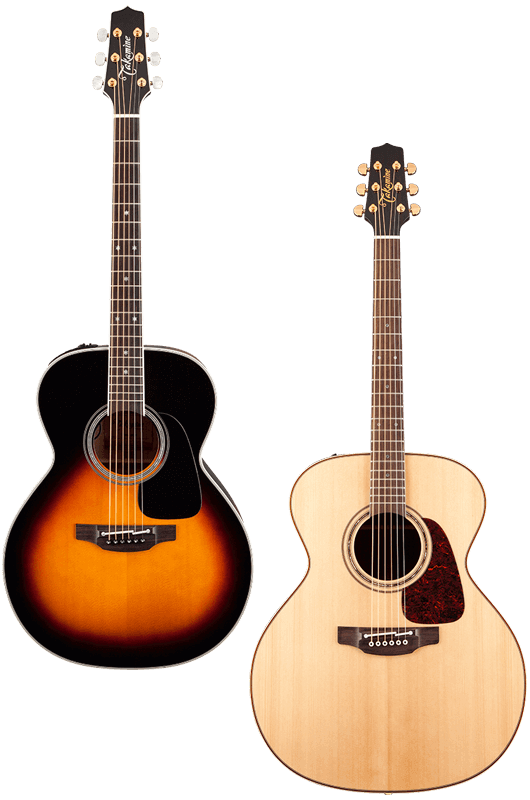

In the 1980s, Takamine pioneered a design that’s now standard-an onboard preamp with sliding EQ controls, mounted on a guitar’s upper bass bout, with an external battery compartment.

It’s far more common for new acoustic-electric guitars to feature active electronics systems, combining undersaddle pickups with battery-powered preamps.
Best takamine models series#
Sitting at the affordable end of the spectrum in this category is Yamaha’s recent Storia series of acoustic-electrics, aimed at entry level players and going for $400 street. But a drawback to a passive pickup is that the tone can vary, depending on what you plug into. Undersaddle pickups can be added to prized vintage guitars with little or no modifications (see Noninvasive Species sidebar below), and using an external preamp can potentially offer more flexibility than one mounted to a guitar. Among the chief benefits is that this pickup type is passive-no need for batteries-and it does not visually detract from the guitar in the way that some electronics systems do. Undersaddle pickups are often used in tandem with onboard preamps-more on this in a bit-but some acoustic-electrics use these pickups on their own.


If you need that edge to cut through a band or a loud room, and also want good feedback resistance, this is a good choice. Undersaddle pickups in general-those made from thin pieces of piezoelectric material, fitted in slots under bridge saddles-are now the most commonly used type, known for their clarity, especially in the high-end register. The Palathetic ushered in a new era of plug-in-and-play, and today its original design remains virtually intact. Later that decade, Takamine introduced the revolutionary Palathetic pickup, which incorporated six individual piezo transducers under the bridge plate for optimal string separation when amplified-an electronics system only available on a Takamine guitar. In the early 1970s, when country legend Glen Campbell requested an electric model from Ovation Guitars, the company placed a piezoelectric pickup-one that read the strings’ vibrations and converted them to voltage-in one of its trademark round-backed guitars. To help make your job a little easier, we’ve compiled an overview of acoustic-electrics introduced this year. Given a market teeming with attractive options, it can be overwhelming, to say the least, to find the acoustic-electric guitar that’s right for your style and which sounds great acoustically while providing excellent reinforcement when needed. Instrument makers work closely with pickup companies to find the optimal electronics for their offerings, and gig-ready acoustic-electric guitars, while once specialty items, can be had at all price points. There are now seemingly endless choices of guitar/pickup combinations to suit the needs of players in a variety of styles. In the last few decades, pickups have come a long way for the performing acoustic guitarist. And the first acoustic-electric guitars-like the P-90-equipped Gibson J-160E that John Lennon made famous in his television appearances with the Beatles-didn’t really sound convincingly acoustic either, nor did instruments like Martin’s short-lived D-18E and D-28E of the late 1950s. From the November/December 2019 issue of Acoustic Guitar | BY JANE MILLER AND ADAM PERLMUTTERĪcoustic guitarists who have been around long enough can tell stories about the days of trying to be heard in a band: standing still in front of a mic while battling feedback or using the earliest of aftermarket pickup options and sounding like all wires and no wood.


 0 kommentar(er)
0 kommentar(er)
